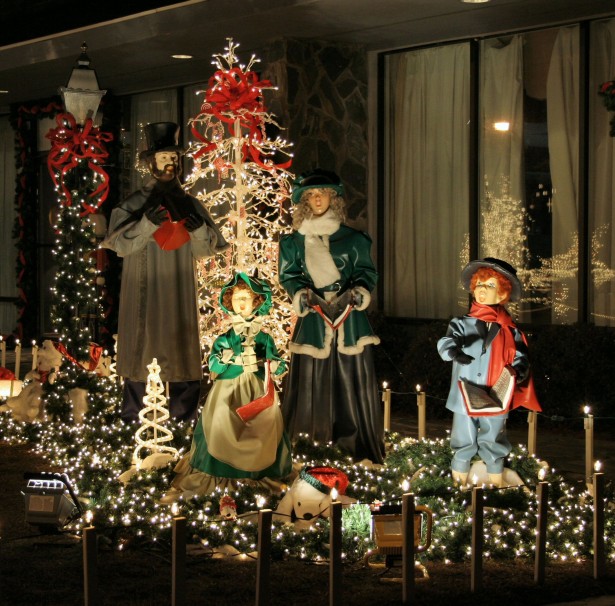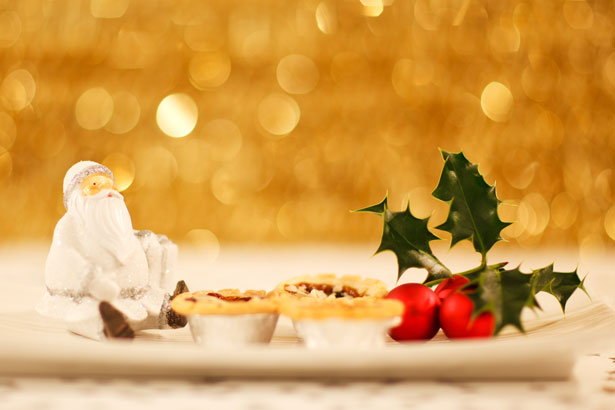Ho ho ho.. It’s that time of a year–a lot of people’s favorite time–Christmas. The houses in your neighborhood have Christmas lights on, Christmas music has been played non-stop on the radio, and everywhere you go people seem to be so excited (or anxious) about this heartwarming season. When it comes to Christmas caroling, you probably think of a group of people singing in front of your house. However, do you know that carols were not always about Christmas and they started as early as the middle ages? To understand where Christmas carols came from, let's look at the history of carols first.

History of carols
The history of the genre "carol" was in fact not without questions. There were various possible forms of the genre, and a lot remains unknown about the early carols.
What most believe is that English carol was connected to French carole, a type of monophonic dance-song with choreography that was popular from the mid-12th to the mid-14th century.
In medieval England, the term carol referred to the songs of a certain form--with a burden (refrain) and some verses (stanzas). The burden was repeated after each verse. The text could be in English or Latin and the subject was about the Virgin, the birth of Christ, or the Saints of Christmas, but the text could also be about anything else. The carols could also be processional music.
"Monophonic" means there is only one melody line; therefore, you can imagine that medieval carols were rather simple musically. The following clip presents one example of a medieval carol:
In this clip you can hear the repetition of the burden ("Noel, Noel....") after each verse, and the texture is monophonic--all the singers sing the same melody.
In the fifteenth century, carols became polyphonic and more and more elaborate.
"Polyphonic" means multiple melodic lines are sung or played at the same time, and thus the music would sound pretty busy, especially when there is text on top of multiple melodic lines. Furthermore, each verse could be sung to different music.
The subjects of fifteenth-century carols could be religion, society, politics, etc. The popularity of carols declined through Reformation, during which Christmas customs were suppressed by by the Puritans, and was not revived until the nineteenth century.
Christmas Carols
In the eighteenth and nineteenth centuries, carols were no longer connected to the medieval carol form; they were similar to strophic hymns with Christmas text, although some still had refrains.
In the twentieth century, the folk music movement motivated the collection of carols, and The Oxford Book of Carols (1928) was an important publication of the movement. This collection included various carols--medieval carols as well as Christmas songs from other countries--and therefore the term "carol" began to mean Christmas songs in a broader sense.
Nowadays Christmas carols are sung either from door to door or by a full a choir at a fixed place.
This brief history is of course much simplified and generalized. Hopefully I haven't ruined your festive mood. Or perhaps a different kind of Christmas carols actually seem refreshing, as some of you are already tired of Christmas music by now? Either way, Merry Christmas, my dear readers!

Ready to learn music?
Start learning with our 30-day free trial! Try our courses now!About Liberty Park Music
LPM is an online music school. We teach a variety of instruments and styles, including classical and jazz guitar, piano, drums, and music theory. We offer high-quality music lessons designed by accredited teachers from around the world. Our growing database of over 350 lessons come with many features—self-assessments, live chats, quizzes etc. Learn music with LPM, anytime, anywhere!
